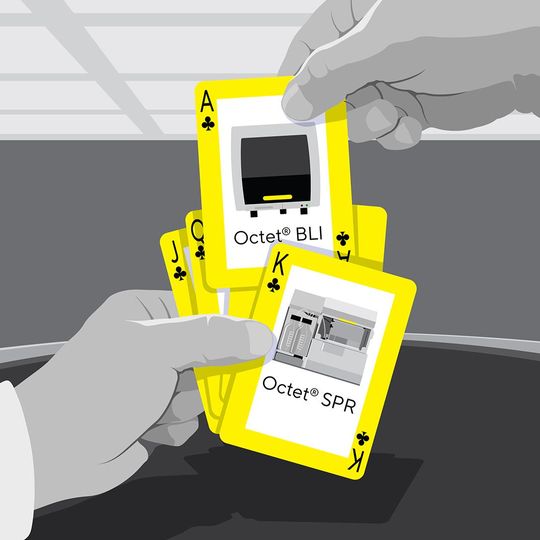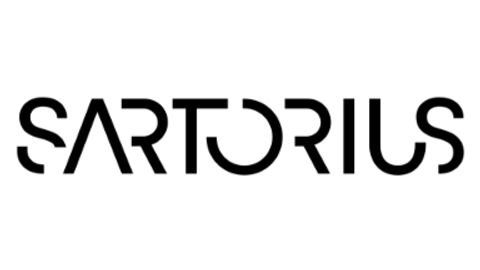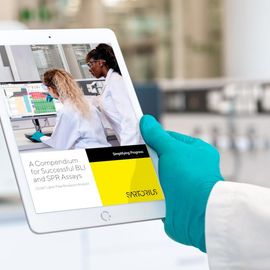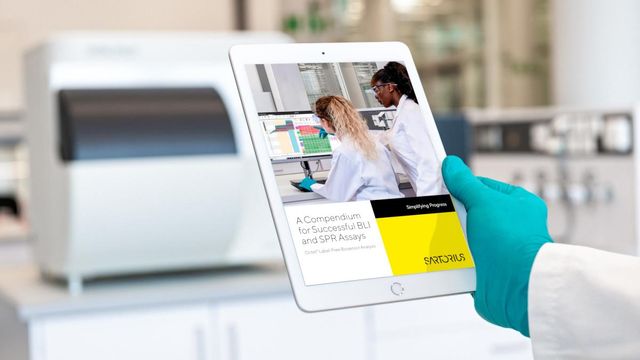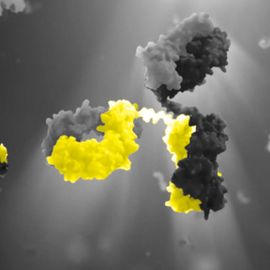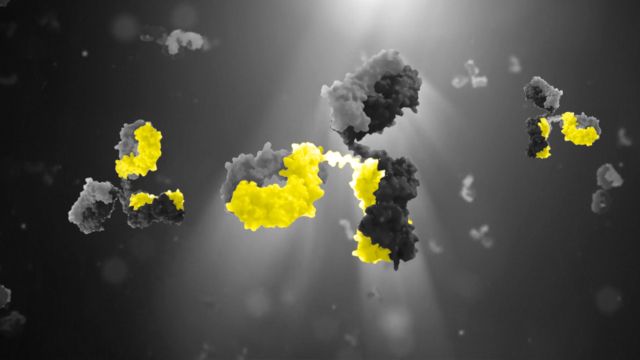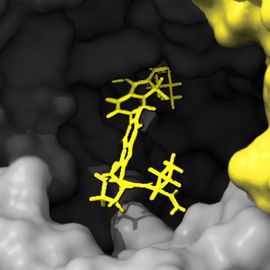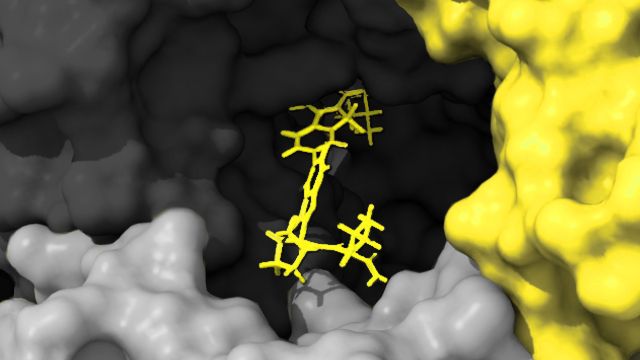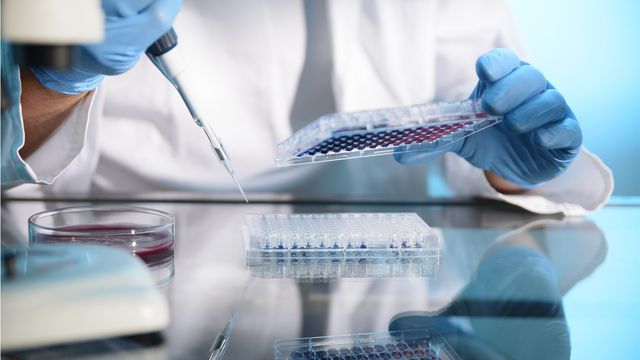Don't Gamble With Your Research: The Winning Hand of Label-Free Protein Characterization
Engaging in research is like participating in a high-stakes poker match. The potential reward? The discovery of the next blockbuster drug. The gamble? Risking billions on a molecule that doesn't pay off. In this game, the winning hand lies in the tools that can identify the most promising leads.
Today, we delve into the world of label-free biomolecular interaction analysis, focusing on two ace techniques - Bio-Layer Interferometry (BLI) and Surface Plasmon Resonance (SPR). These real-time methods are the royal flush in your research deck, capable of bolstering both research and biopharma analysis workflows when used individually or in tandem.
So, are you ready to up the ante and stack the deck in your favor? Let's explore how these techniques can de-risk and boost your drug discovery process.
**Getting an Edge in Protein Analysis**
Understanding the binding kinetics between molecules or simply measuring the concentration of active analytes are fundamental characterizations in both basic research and drug discovery. Take, for instance, the development of a monoclonal antibody - it's vital to know how robust it binds to the clinical target. What are the rates of association and dissociation? These factors are directly linked to the drug's ultimate efficacy and are harnessed to fine-tune and validate lead candidates.
In contrast to labeled end-point methods like ELISA, label-free real-time techniques for identifying biomolecular interactions eliminate the need for labeling any of the interactants. This allows for the creation of more straightforward assays. The absence of fluorescent labels and/or secondary detection reagents also removes any interference or associated experimental artifacts, providing better data that more accurately reflect biologically relevant interactions.
**Building a Winning Hand with Label-Free Analysis**
The two most popular methods for label-free detection are BLI and SPR. While these technologies are quite powerful individually, together they’re a winning combo in terms of answering the widest range of questions. Sartorius is the only provider of both industry-leading technologies under one trusted brand. The fluidic-free Octet® BLI range is synonymous with speed and ease-of-use, while the Octet® SPR range has patented injection tools that really simplify multi-concentration studies.
Bio-Layer Interferometry (BLI) is an optical analytical technique that analyzes the interference pattern of white light reflected from two surfaces: a layer of immobilized protein on the biosensor tip, and an internal reference layer. BLI is commonly used in the field of drug discovery and development, as it allows for the rapid and precise measurement of a variety of biomolecular interactions, including protein-protein, protein-small molecule, and protein-DNA interactions. It is particularly useful for high-throughput screening and analysis of complex mixtures.
Surface Plasmon Resonance (SPR) is an optical technology based on a biosensor chip addressed by a continuous flow system to deliver the sample to the sensor surface. When a biomolecular interaction occurs, it causes a change in the refractive index, which alters the resonance angle of the reflected light. By monitoring these changes, SPR provides highly sensitive information about the binding affinity, kinetics, and concentration of the biomolecular interactions utilized for valuable insights into the mechanisms of biological processes and the development of therapeutic agents.
**Choosing the Best Label-Free Technique**
Both BLI and SPR have been extensively documented, each boasting its own unique benefits, so the optimal choice hinges on the application and the size range of the molecules involved. SPR is the more sensitive method for studying interactions with small molecules and fragments. On the other hand, BLI is more apt for high-throughput analysis of biologics also in crude lysates during process optimization or bioprocess monitoring.
When employed in tandem, BLI and SPR become potent, complementary instruments for the characterization of biomolecules, such as antibodies, fragments, or other biotherapeutic proteins in research and biopharma analysis workflows.
Sartorius is currently running a one-of-a-kind bundle promotion for labs interested in both Octet® BLI and SPR instruments.


